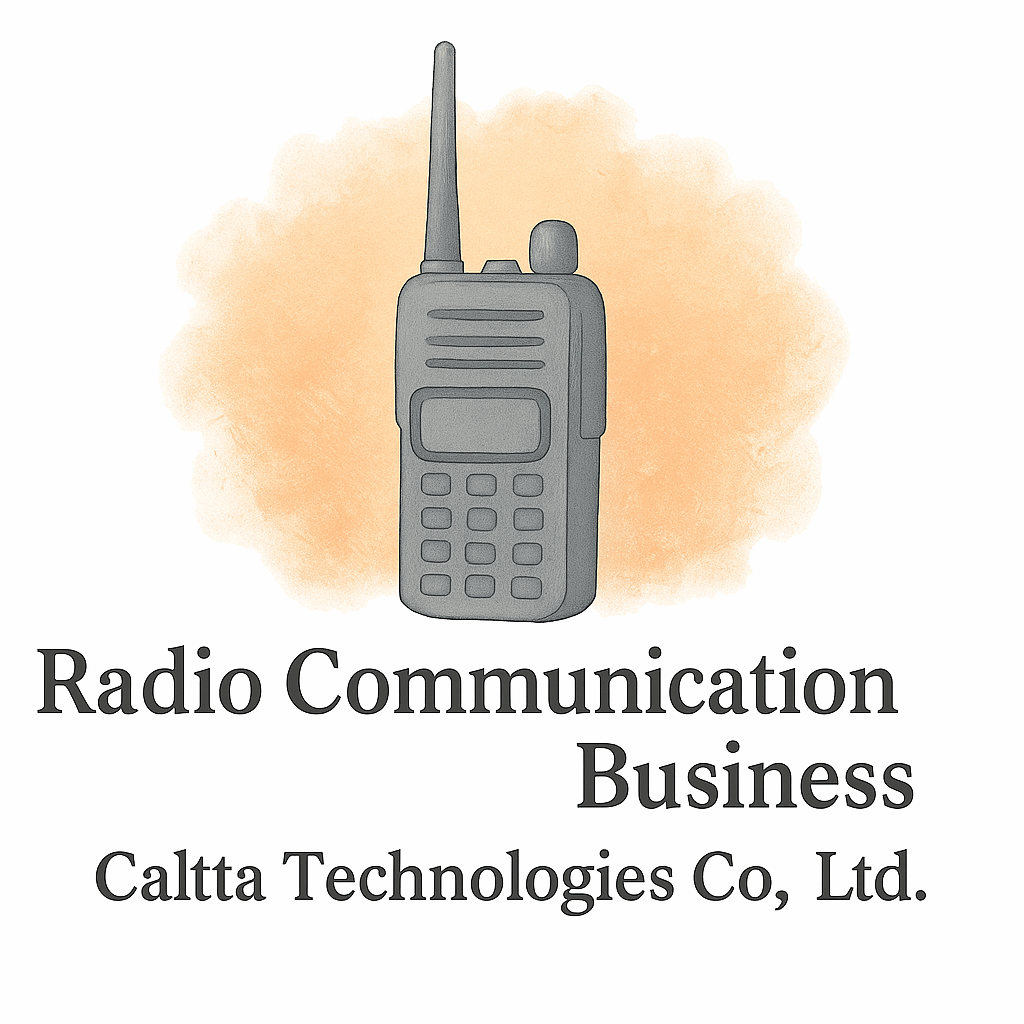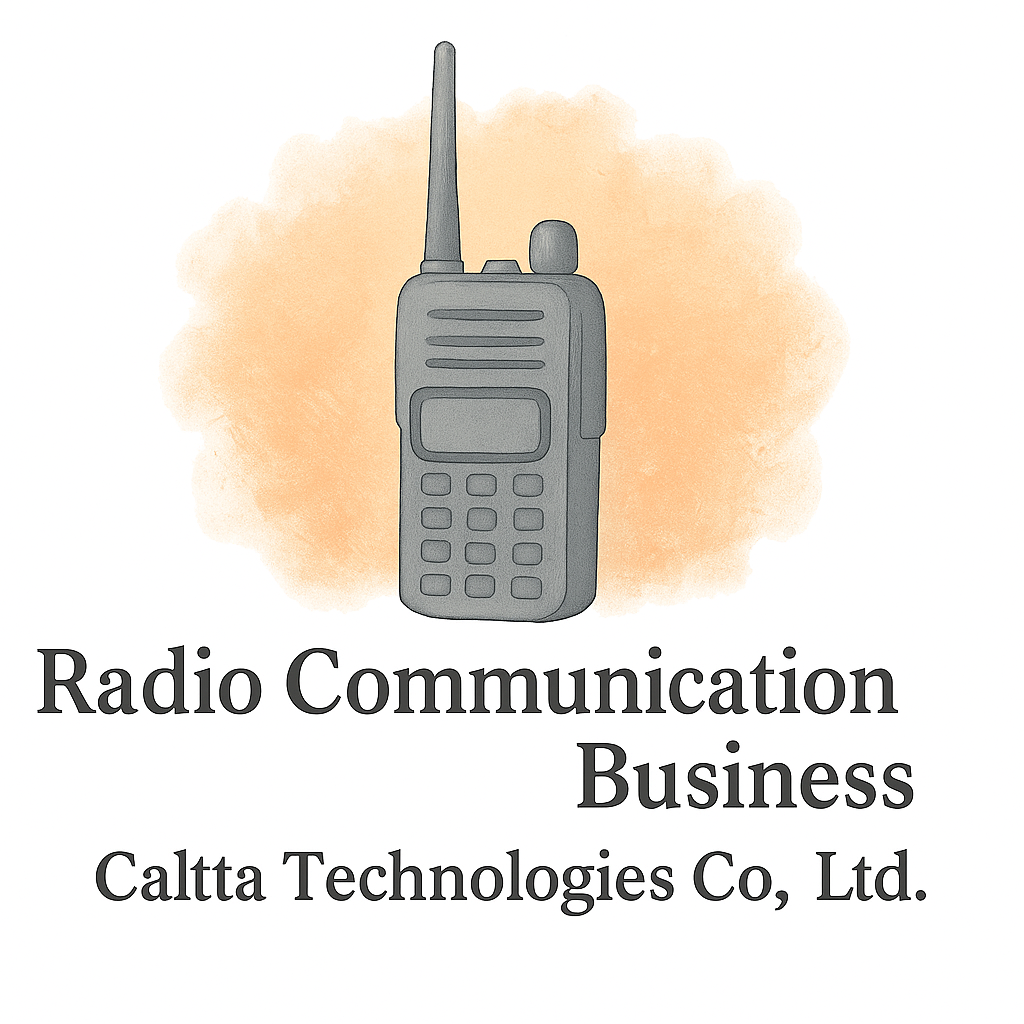Introduction: Why Radio Communication Matters for First Responders
In high-stress, life-or-death situations, communication isn’t just helpful—it’s the difference between chaos and coordination. For first responders like firefighters, EMTs, and police officers, radio communication skills are as critical as any physical tool they carry. Clear, concise, and timely messages can save lives, prevent errors, and ensure that entire teams operate in sync.
When the pressure is on, seconds matter. That’s where strong radio communication comes into play. Let’s dive into the 10 radio communication skills every first responder needs to thrive in emergencies.
The Role of Clear Communication in Emergencies
How Radio Systems Support Rapid Response
Radios are the lifeline connecting dispatchers, responders, and command units. They ensure that everyone is updated on unfolding situations, hazards, and assignments. Without effective radio skills, even the most advanced equipment can’t guarantee success.
Common Challenges in Radio Communication
Background noise, stress, overlapping transmissions, and technical glitches are all obstacles first responders face daily. Overcoming these requires skill, discipline, and continuous practice.
Skill #1: Mastering Radio Terminology
Why Terminology Matters in High-Stress Situations
Radio chatter is not casual conversation. Every word must carry weight and meaning. Standardized codes like “10-4” or “Copy” cut through confusion, ensuring everyone understands.
Examples of Standard Radio Codes
- 10-4: Message received
- Code Red: Fire emergency
- ETA: Estimated time of arrival
Knowing these codes reduces misunderstandings and improves response efficiency.
Skill #2: Brevity and Clarity
Keeping Messages Short but Effective
Long-winded explanations on the radio can create delays. A good first responder knows how to compress a situation into short, clear bursts of information.
Avoiding Jargon and Unnecessary Words
Stick to essentials: who you are, what’s happening, and where it’s occurring. Anything beyond that risks causing confusion.
Skill #3: Active Listening
Recognizing Key Details in Noisy Environments
Emergencies are chaotic. Active listening helps responders pick out critical updates amid sirens, shouting, and background noise.
Confirming Information to Prevent Errors
Repeating or paraphrasing information back ensures clarity. This prevents mistakes like sending units to the wrong address.
Skill #4: Proper Use of Call Signs
Standard Call Sign Protocols
Every responder and unit has an identifier, or call sign. This ensures messages are directed to the right person, not lost in general chatter.
How Call Signs Enhance Team Coordination
Imagine dozens of responders at a major fire scene. Without call signs, chaos would reign. Call signs cut through the noise.
Skill #5: Tone and Voice Control
Remaining Calm Under Pressure
Stress can make voices shaky or rushed. A calm, steady voice not only communicates information but also reassures the team.
Using the Right Pace and Volume
Speaking too quickly can blur words. Too softly, and the message won’t carry. Clear articulation ensures no detail is lost.

Skill #6: Structured Message Delivery
Following the “Who, What, Where” Formula
Effective messages often follow a proven structure:
- Who: Identify yourself.
- What: State the issue.
- Where: Give location details.
Prioritizing Information in Critical Moments
Not everything is equally important. Knowing what to share first helps others act immediately.
Skill #7: Confirming and Repeating Messages
Reducing Miscommunication Risks
In emergencies, assumptions are dangerous. Repeat-backs confirm that everyone is aligned.
Examples of Repeat-Back Protocols
Dispatcher: “Unit 5, proceed to Main and 3rd.”
Responder: “Copy, Main and 3rd, Unit 5 en route.”
Skill #8: Equipment Familiarity
Knowing Radio Functions and Settings
Every radio has unique features: channels, emergency buttons, and signal ranges. Responders must know their gear like the back of their hand.
Handling Technical Issues in the Field
When signals cut out or batteries die, responders must troubleshoot quickly without losing contact.
Skill #9: Adapting to Radio Interference
Common Sources of Signal Disruption
Buildings, terrain, and even weather can cause static or dropped signals.
Strategies for Maintaining Contact
- Move to higher ground
- Use repeaters
- Switch to backup channels
Skill #10: Team Coordination Through Radio
Synchronizing Multiple Units
Fire, police, and medical units often work together. Radio skills keep everyone moving in the same direction.
Building Trust Through Consistent Communication
When responders know they can rely on radio updates, teamwork strengthens automatically.
Training and Continuous Improvement
Simulation Drills and Real-Life Scenarios
Training isn’t just classroom work. Role-playing real emergencies helps responders refine their communication under stress.
Leveraging Technology and Tools
New digital radios, GPS tracking, and mobile apps all improve communication. Stay updated with innovations via equipment technology resources.
Compliance and Regulations in Radio Use
Understanding Local and Federal Guidelines
Every country has laws about radio use, frequencies, and security. Responders must follow them to avoid penalties.
Avoiding Costly Mistakes in Radio Protocol
Violating compliance rules can lead to communication breakdowns. Learn more from compliance insights.
Conclusion: Strong Communication Saves Lives
At the end of the day, radios are more than gadgets—they’re lifelines. For first responders, mastering these radio communication skills isn’t optional; it’s survival. Whether it’s speaking clearly, listening actively, or using call signs properly, every skill contributes to saving lives and building trust among teams.
Strong communication means stronger responses—and stronger communities.
FAQs
Q1: Why are radio codes important for first responders?
They ensure quick, standardized communication that reduces confusion.
Q2: How often should first responders train in radio skills?
Regularly—through monthly drills, real-time simulations, and ongoing refreshers.
Q3: What happens if radio interference cuts off communication?
Responders switch to backup channels, use repeaters, or relocate for stronger signals.
Q4: Are radios still relevant with smartphones available?
Absolutely. Radios work even when cell networks fail, making them indispensable.
Q5: What’s the best way to deliver a radio message?
Use the “Who, What, Where” formula—identify yourself, state the issue, give location.
Q6: Can improper tone affect radio communication?
Yes. Stressful tones can cause panic; calm voices promote clarity.
Q7: Where can first responders learn more about radio compliance and tools?
They can explore resources like Caltta International, covering business startup basics, financial planning, marketing and branding, and industry insights.


